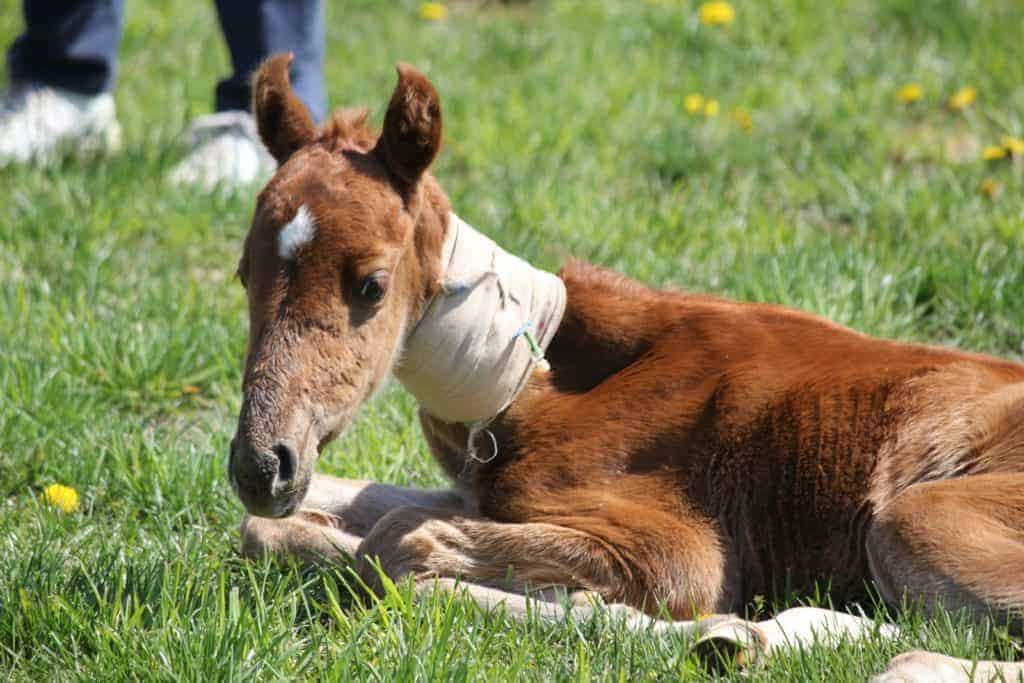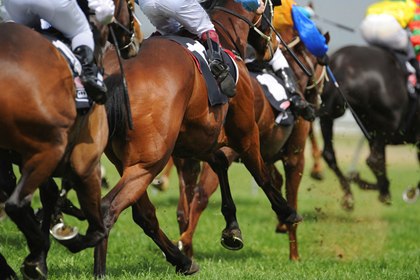
Managing Joint Disease in Horses: A Look Back
Dr. Wayne McIlwraith describes how joint treatments for horses have changed over the years and what therapeutic options might be on the horizon.
Prevention, diagnosis, and treatment of leg lameness

Dr. Wayne McIlwraith describes how joint treatments for horses have changed over the years and what therapeutic options might be on the horizon.

Dr. Stephanie Valberg explains how five major advancements in veterinary technology have helped her and others learn more about and discover new equine muscle disorders.

A user in a wildfire-affected area asks if supplements can help support her horse’s respiratory system.

Researchers suspected that in some cases of septic arthritis bacteria might damage cartilage canals and interrupt blood supply. And in that situation, genetics—osteochondrosis’ most common cause—would have nothing to do with the resulting lesions.

In a recently published study, researchers suggest horses still have all five digits, they’re just in various forms of development.

Researchers have discovered the inner workings of a known “speed gene” in Thoroughbred racehorses, which directly affects skeletal muscle growth and, in turn, race distance aptitude.

Hoof capsule distortions associated with hoof imbalance typically aren’t severe, they can affect horses’ comfort and be challenging for owners and their farriers to manage.

Researchers found that high-field MRI provided highly detailed and anatomically accurate images of equine stifle soft tissues.

MRI is allowing vets to identify lameness conditions that were harder to evaluate in the past. One such ailment, most frequently found in sport horses, is osseous trauma of the long pastern bone’s sagittal groove. Here’s what they’ve learned so far about this condition.

Neck pain in horses remains challenging for veterinarians to diagnose and treat, but new options are on the horizon, one practitioner says.

From initial diagnosis to hoof care and bisphosphonate use, find out the newest information about this debilitating condition.

One veterinarian says that, while we can’t lump all corticosteroids into one category, injections should still be considered a mainstay of treatment of intra-articular inflammation. Here’s why.

Given the link between the external shape of the hoof capsule and its internal function, trimming and shoeing should optimize functionality and ultimately reduce stress, both to prevent injury and to treat established pathology, one veterinarian says.

How to unravel the reason behind your horse’s head-scratching weight loss.

Find out how veterinarians used ozone to treat a mare with complications associated with superficial digital flexor tendinitis.

A ridden lameness exam allows the veterinarian to watch the horse while doing its job and at other gaits besides the walk and trot, which can help veterinarians garner additional information about potential problems.
Stay on top of the most recent Horse Health news with
"*" indicates required fields